𝙀𝙣𝙙𝙤𝙩𝙝𝙚𝙡𝙞𝙖𝙡-𝙩𝙖𝙧𝙜𝙚𝙩𝙚𝙙 𝘽𝘽𝘽 𝙩𝙝𝙚𝙧𝙖𝙥𝙚𝙪𝙩𝙞𝙘𝙨
The Neuro-Network.
𝐉𝐨𝐮𝐫𝐧𝐚𝐥 𝐒𝐜𝐢𝐞𝐧𝐜𝐞
𝐄𝐧𝐠𝐢𝐧𝐞𝐞𝐫𝐞𝐝 𝐖𝐧𝐭 𝐥𝐢𝐠𝐚𝐧𝐝𝐬 𝐞𝐧𝐚𝐛𝐥𝐞 𝐛𝐥𝐨𝐨𝐝-𝐛𝐫𝐚𝐢𝐧 𝐛𝐚𝐫𝐫𝐢𝐞𝐫 𝐫𝐞𝐩𝐚𝐢𝐫 𝐢𝐧 𝐧𝐞𝐮𝐫𝐨𝐥𝐨𝐠𝐢𝐜𝐚𝐥 𝐝𝐢𝐬𝐨𝐫𝐝𝐞𝐫𝐬
A screen for Wnt modulators reveals an activator that acts to protect the vertebrate brain.
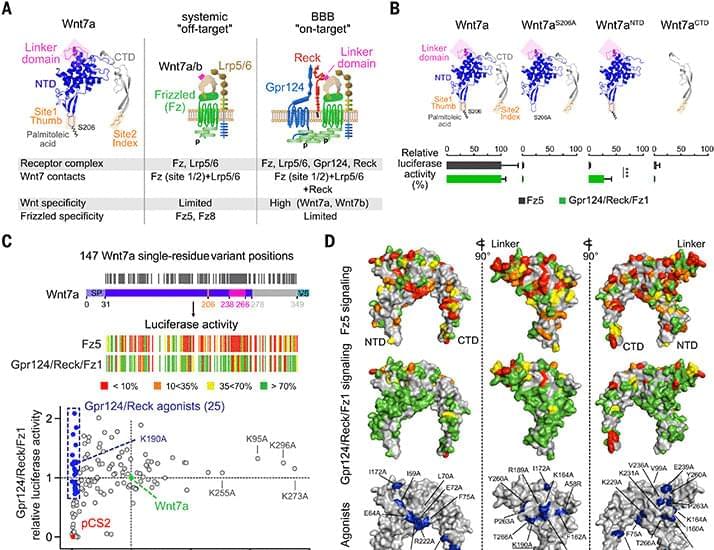

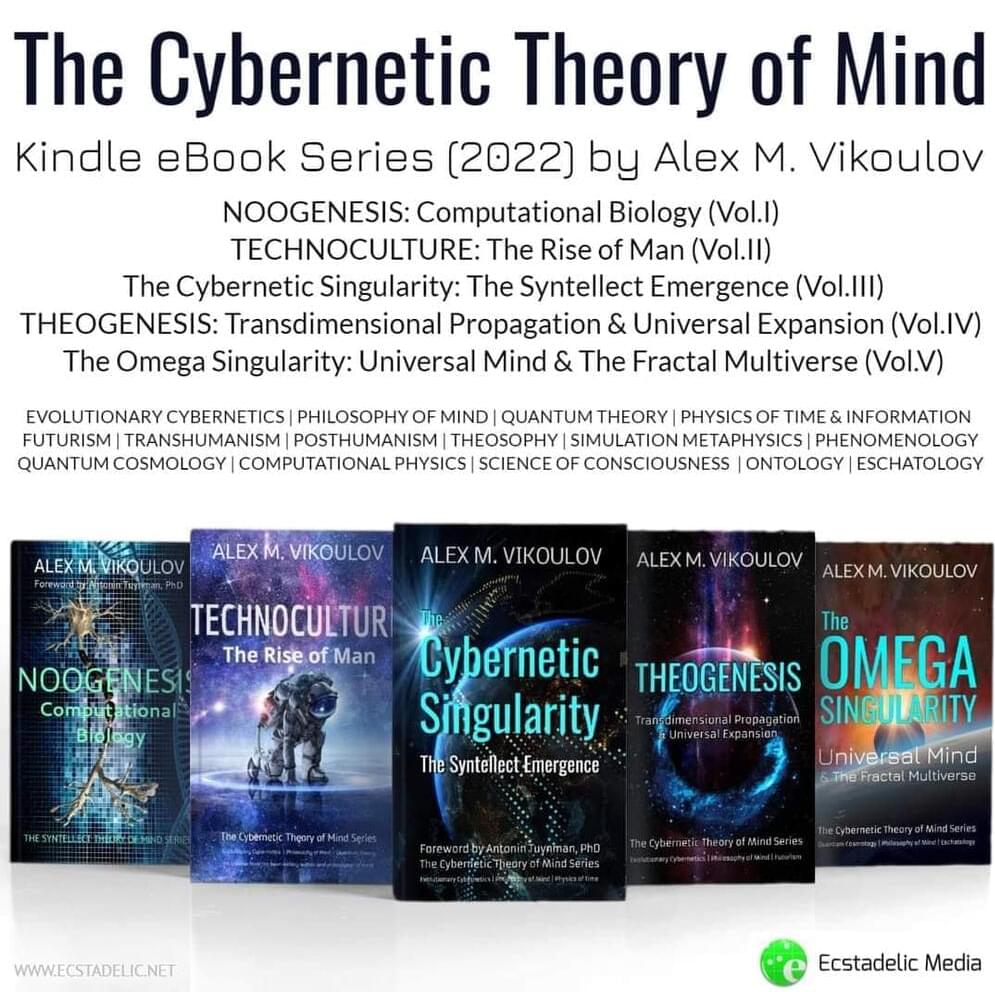
This is a 5-book set on the ultimate nature of reality, consciousness, physics of time, computational physics, philosophy of mind, foundations of quantum physics, technological singularity, transhumanism, impending phase transition of humanity, simulation hypothesis, economic theory, extended Gaia theory, transcendental metaphysics and God, all of which is combined into one elegant Theory of Everything.
If you’re eager to familiarize with probably the most advanced ontological framework to date or if you’re already familiar with the Syntellect Hypothesis which, with this series, is now presented to you as the full-fledged Cybernetic Theory of Mind, then this series will surely present to you some newly-introduced and updated material if compared with the originally published version and can be read as a stand-alone work just like any book of the series: https://www.amazon.com/dp/B08R2K7ZK2?tag=lifeboatfound-20
*Watch the Playlist of Trailers for all five eBooks: https://www.youtube.com/playlist?list=PLBh8LYfDZBTvd_rr8D3WlSZdwRRqQSYVX
**At the same time, it is highly recommended to obtain The Syntellect Hypothesis (Kindle eBook, paperback, hardcover, Audible audiobook) as the original coherent version of the same theoretical framework in case you don’t need extra detailing: https://www.amazon.com/Syntellect-Hypothesis-Paradigms-Minds…atfound-20
***Author Page on Amazon: https://www.amazon.com/author/AlexVikoulov?tag=lifeboatfound-20.
#CyberneticTheoryofMind #EvolutionaryCybernetics #PhilosophyofMind #QuantumTheory #PhysicsofTime #Futurism #Transhumanism #Posthumanism #Theosophy #SimulationMetaphysics #Phenomenology #QuantumCosmology #ComputationalPhysics #ScienceofConsciousness #TheoryofEverything #Ontology #SyntellectHypothesis #AlexVikoulov
Ion channels are crucial for neural communication; they control the flow and gradient of charged particles, creating electrical signals. Recent work report | Neuroscience.
In this study, the researchers assessed how dense ion channels were packed in the membranes of neuronal cells from ten species of mammals, including mice, rats, rabbits, ferrets, macaques, marmosets, macaques, humans, and one of the smallest known mammals, an animal called the Etruscan shrew. The team focused on a type of excitatory neuron typically found in the cortex of the brain, and three ion channels that are in the membranes of those cells; two are voltage-gated ion channels that control the movement of potassium, another is called the HCN channel and both potassium and sodium ions can flow through it.
Studies have suggested that the human brain is built like the brains of other mammals, said first study author Lou Beaulieu-Laroche, a former MIT graduate student. It was once thought that in mammals, these channels would be present at about the same density from one species to another.
Instead, the researchers determined that as the neurons got bigger, the density of ion channels increased. That was a notable finding, because as that density increases, more energy needed to move ions in and out of neurons, explained senior study author Mark Harnett, an associate professor of brain and cognitive sciences at MIT.

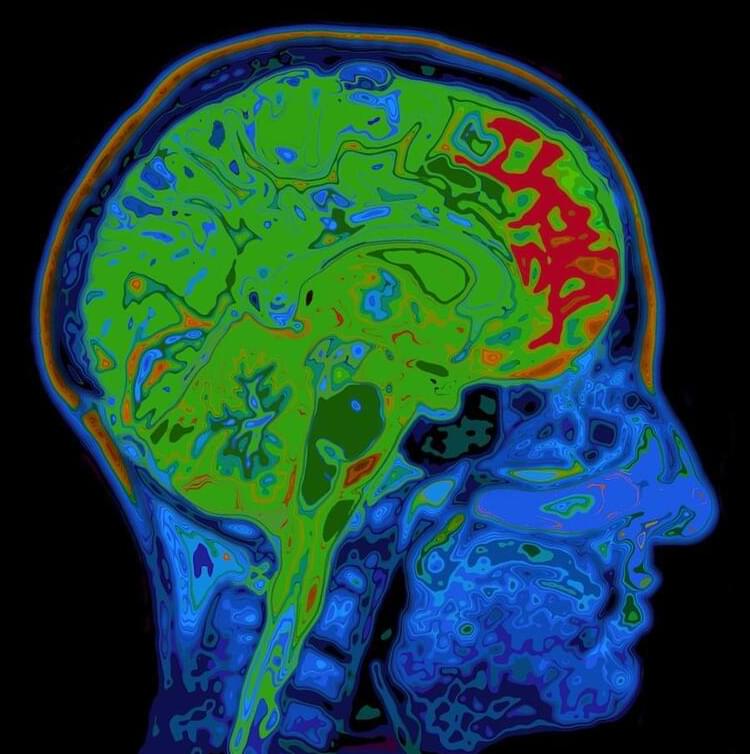
Grief can be overwhelming. Here’s what’s going on in the brain when you’re heartsick.
28:49 minutes.
But having strong relationships also means the possibility of experiencing loss. Grief is one of the hardest things people go through in life. Those who have lost a loved one know the feeling of overwhelming sadness and heartache that seems to well up from the very depths of the body.
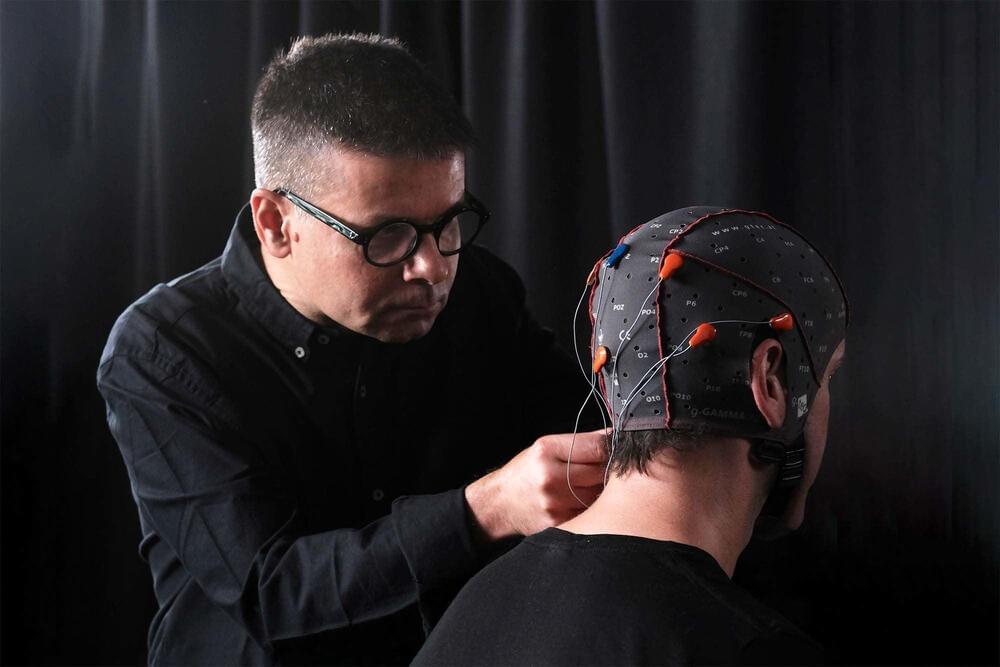
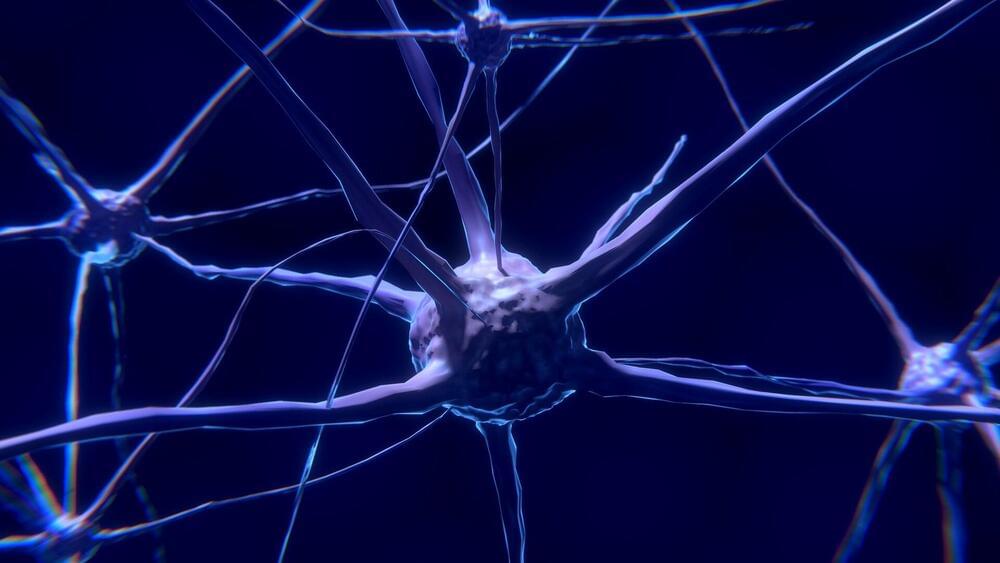
Within the human brain, neurons perform complex calculations on information they receive. Researchers at MIT have now demonstrated how dendrites—branch-like extensions that protrude from neurons—help to perform those computations.
The researchers found that within a single neuron, different types of dendrites receive input from distinct parts of the brain, and process it in different ways. These differences may help neurons to integrate a variety of inputs and generate an appropriate response, the researchers say.
In the neurons that the researchers examined in this study, it appears that this dendritic processing helps cells to take in visual information and combine it with motor feedback, in a circuit that is involved in navigation and planning movement.
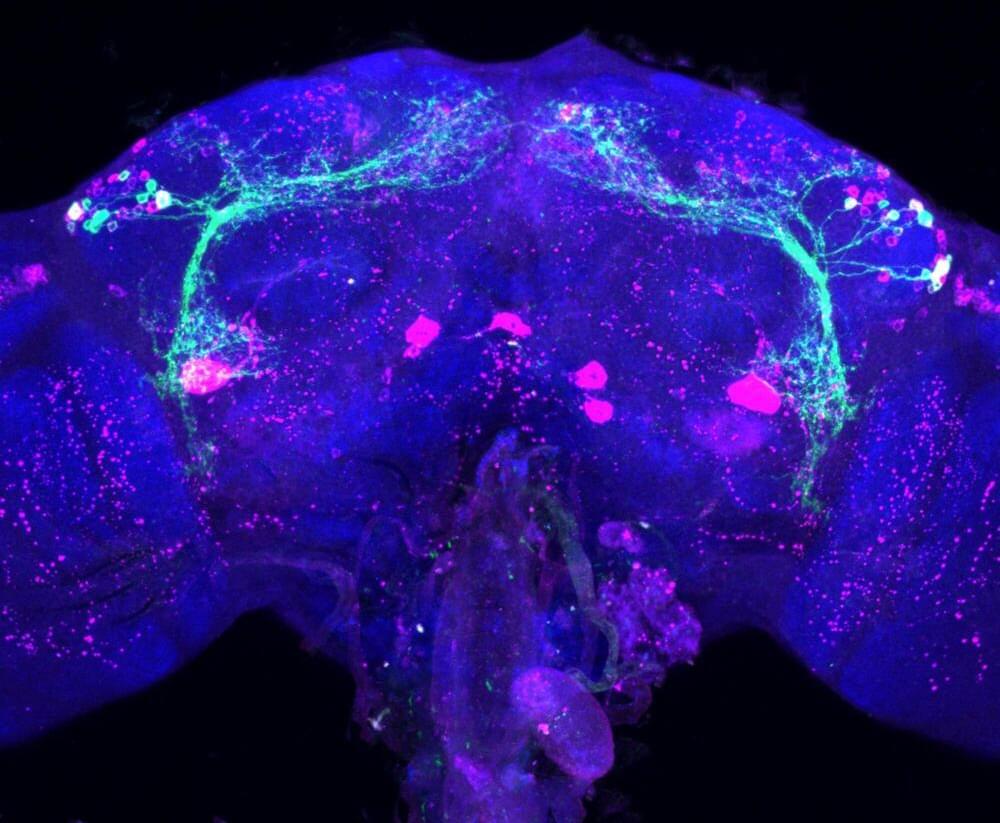
Scientists have uncovered a set of neurons in fruit flies that shut down in cold temperatures and slow reproduction, a system conserved in many insects, including mosquitoes, which could provide a target for pest control.
Their study, published Feb. 16 in the journal Current Biology, takes a step toward understanding how a fly’s brain contributes to sensing the cold and limiting reproduction. Insects and animals, including many mammals, curb reproduction in the winter to protect their newborns from being exposed to harsh winter conditions.
The study has public health and agricultural implications, as tapping into environmentally-dependent mechanisms that influence reproduction in mosquitoes and crop pests may offer new control strategies. Mosquitoes act as reservoirs for the malaria-causing Plasmodium falciparum parasite, which spend the winter inside them.